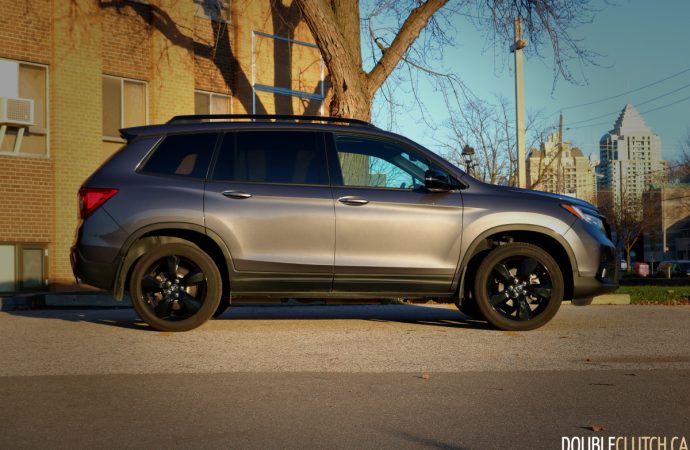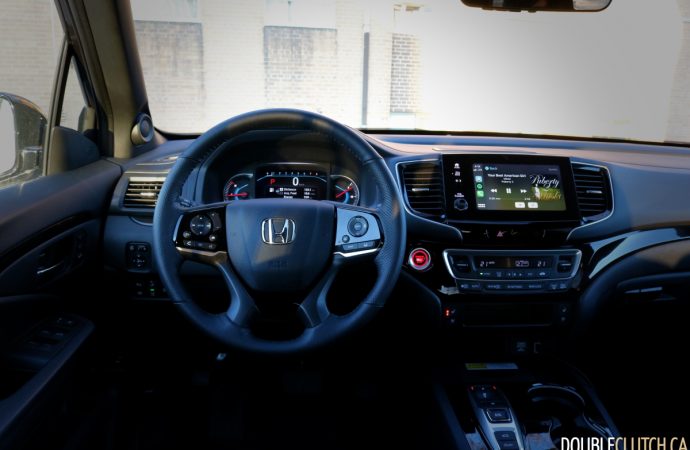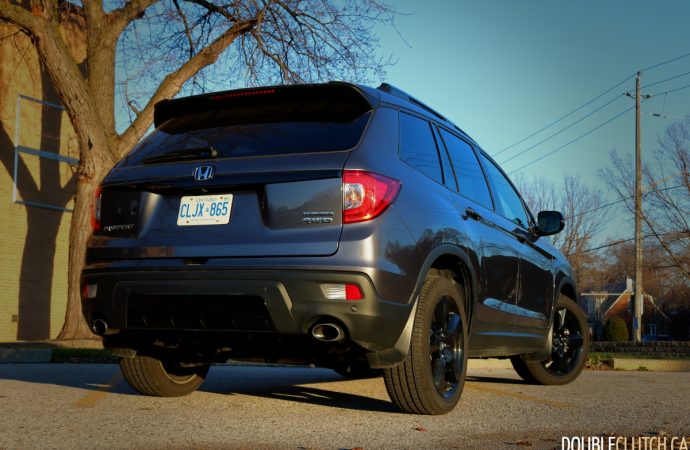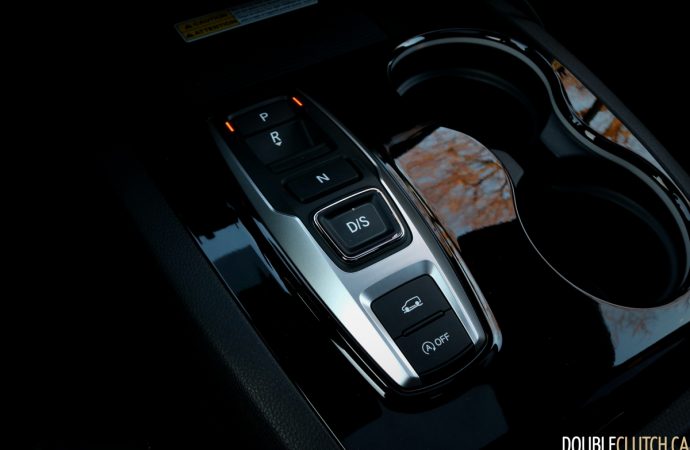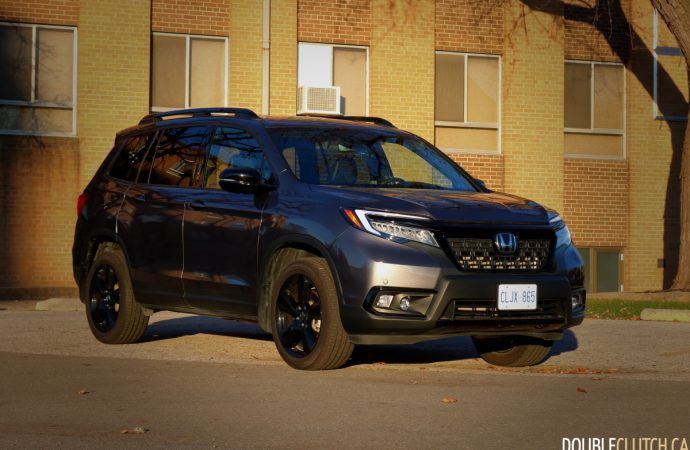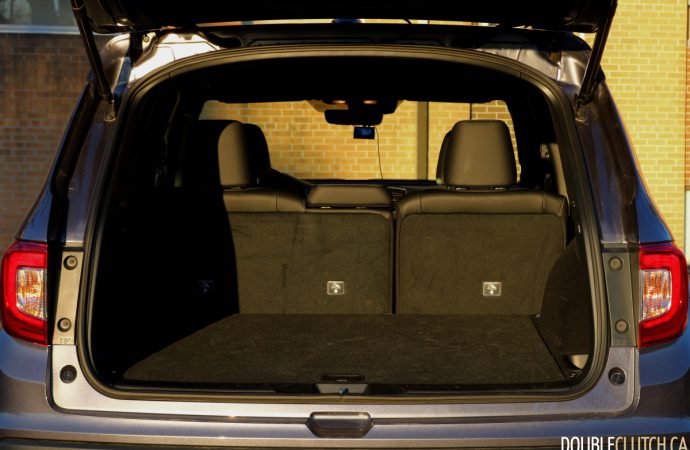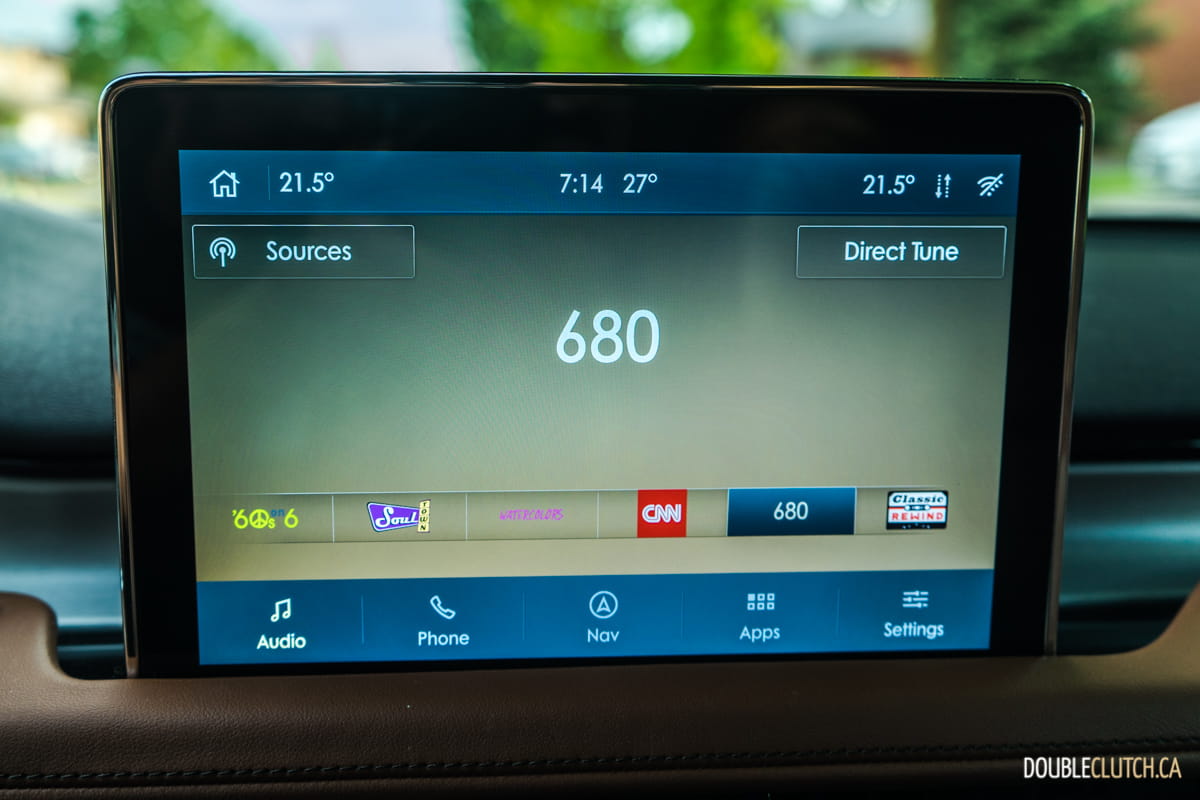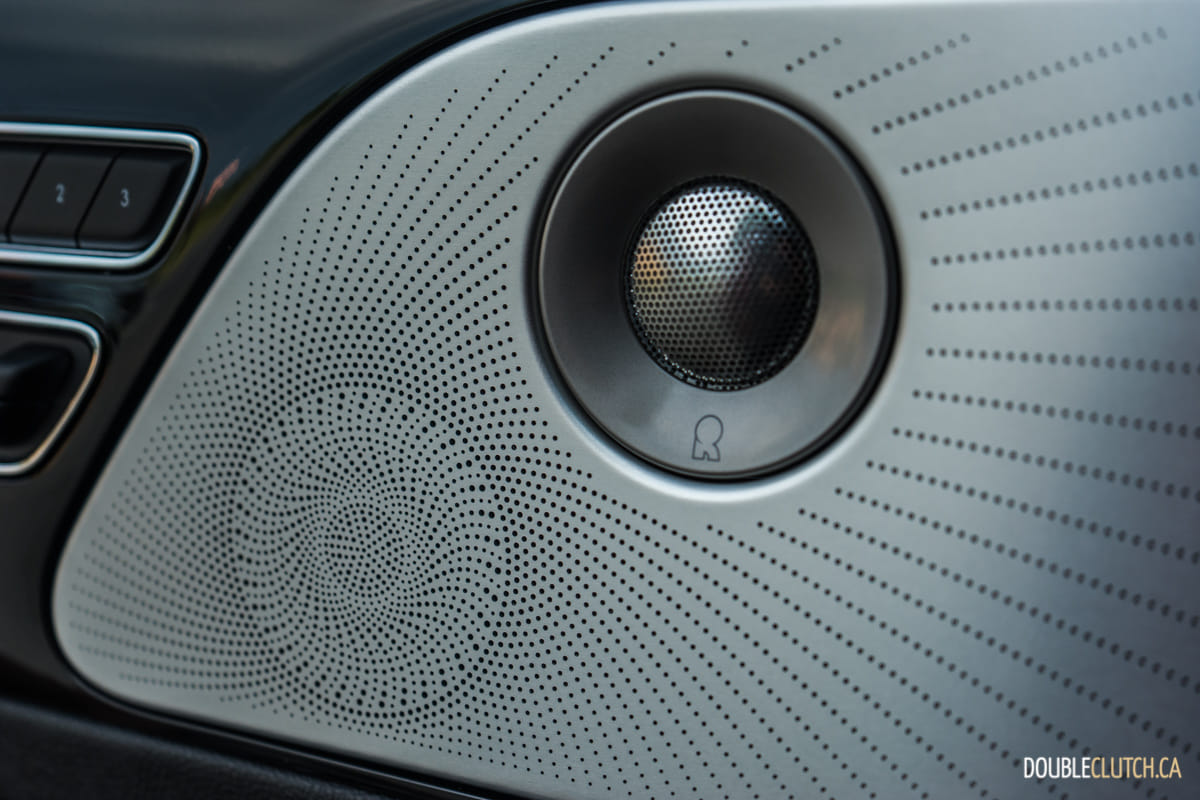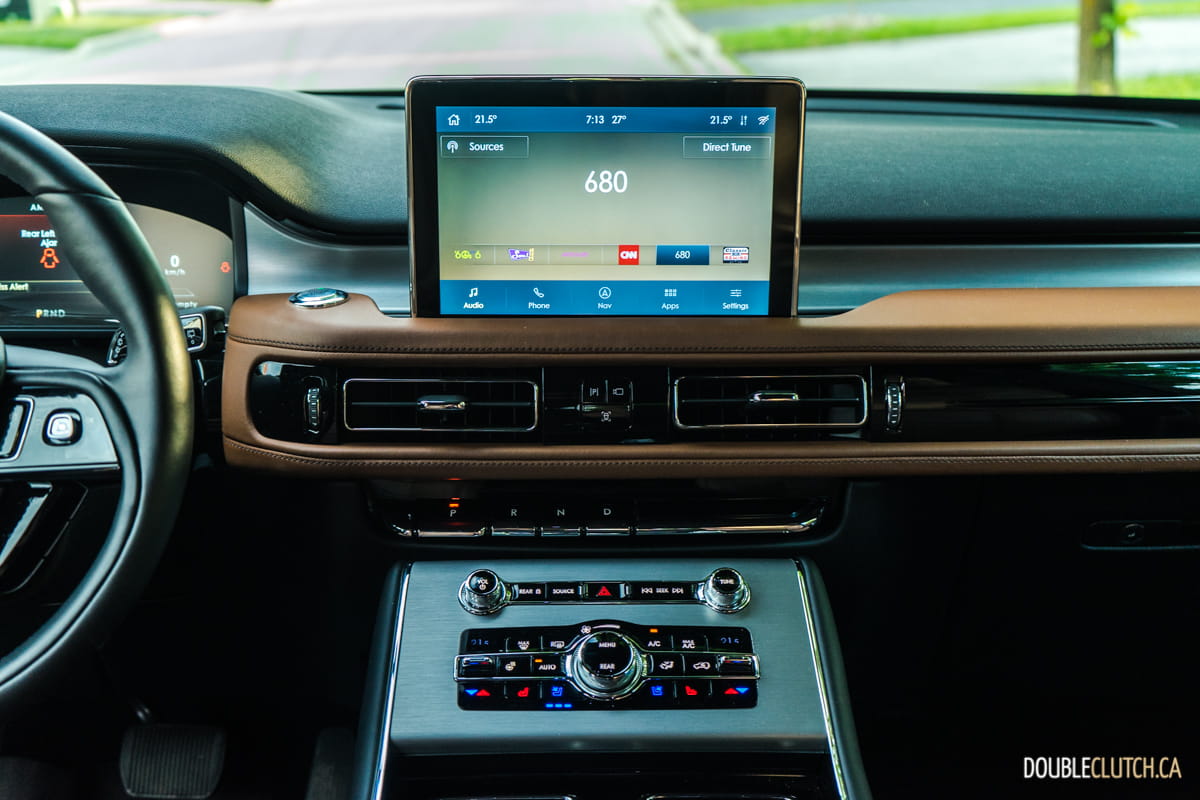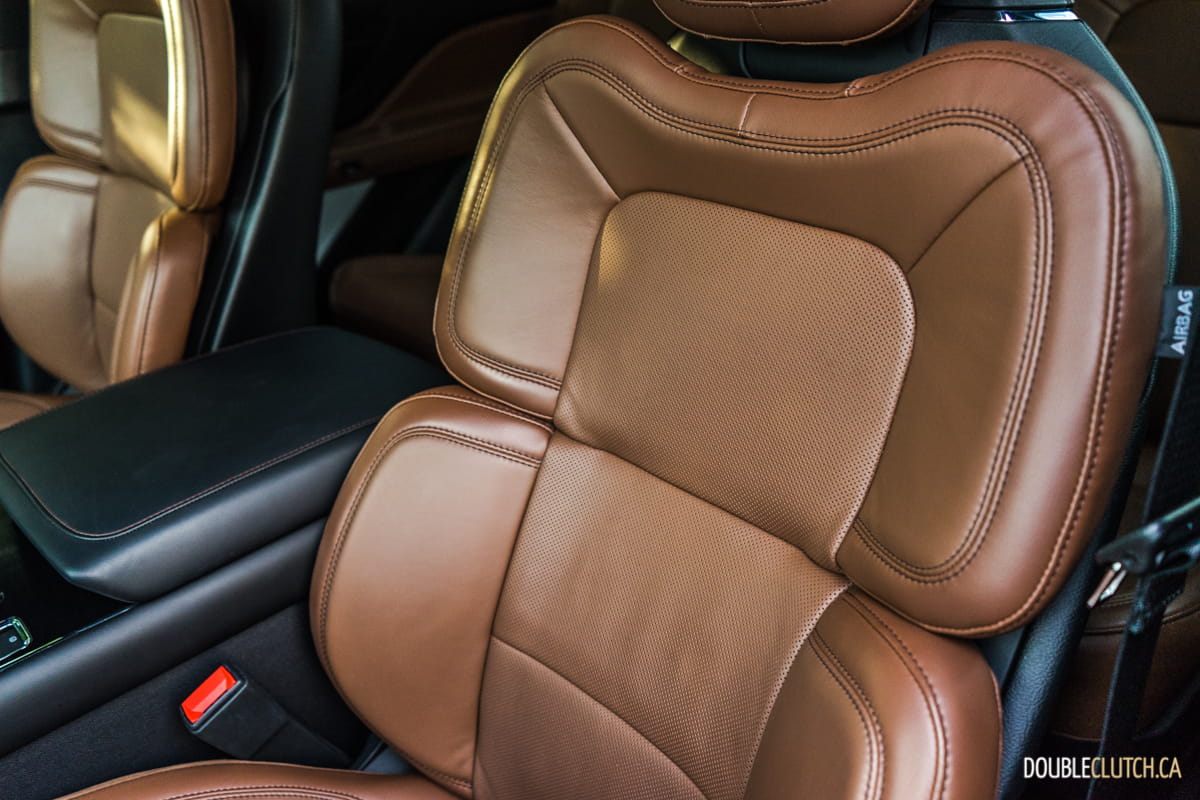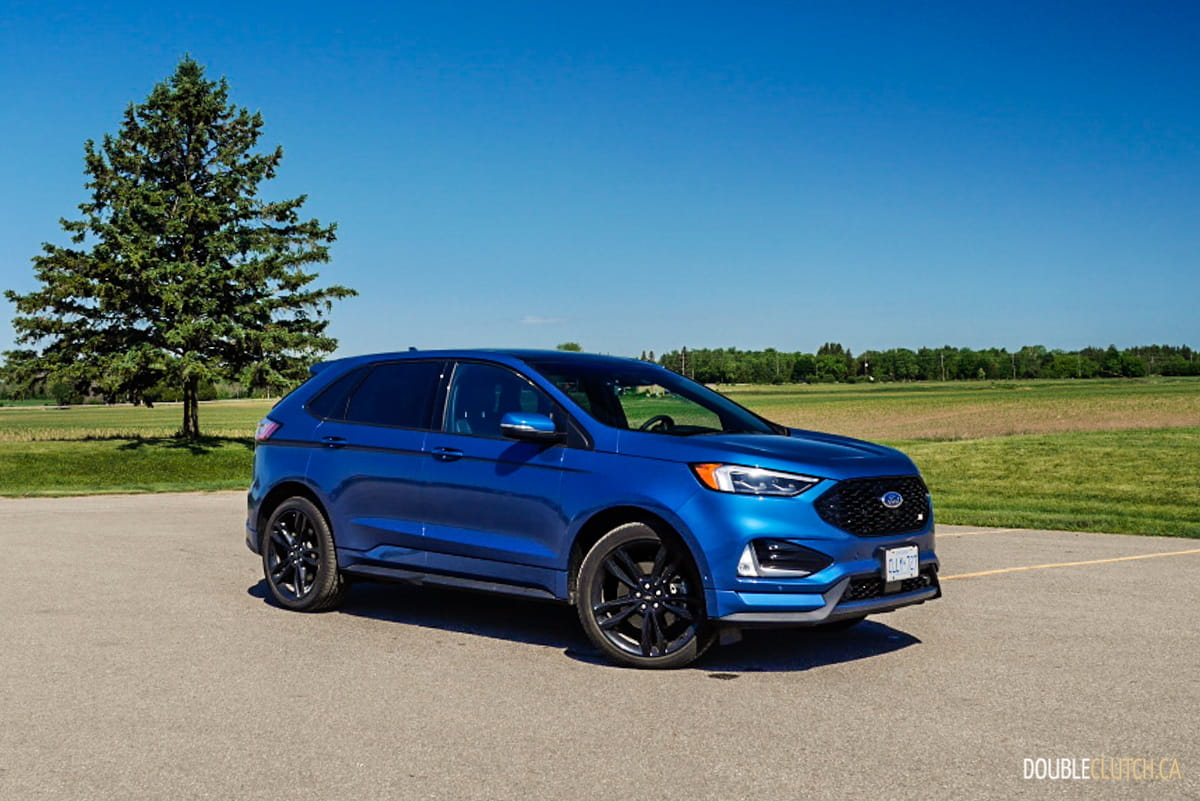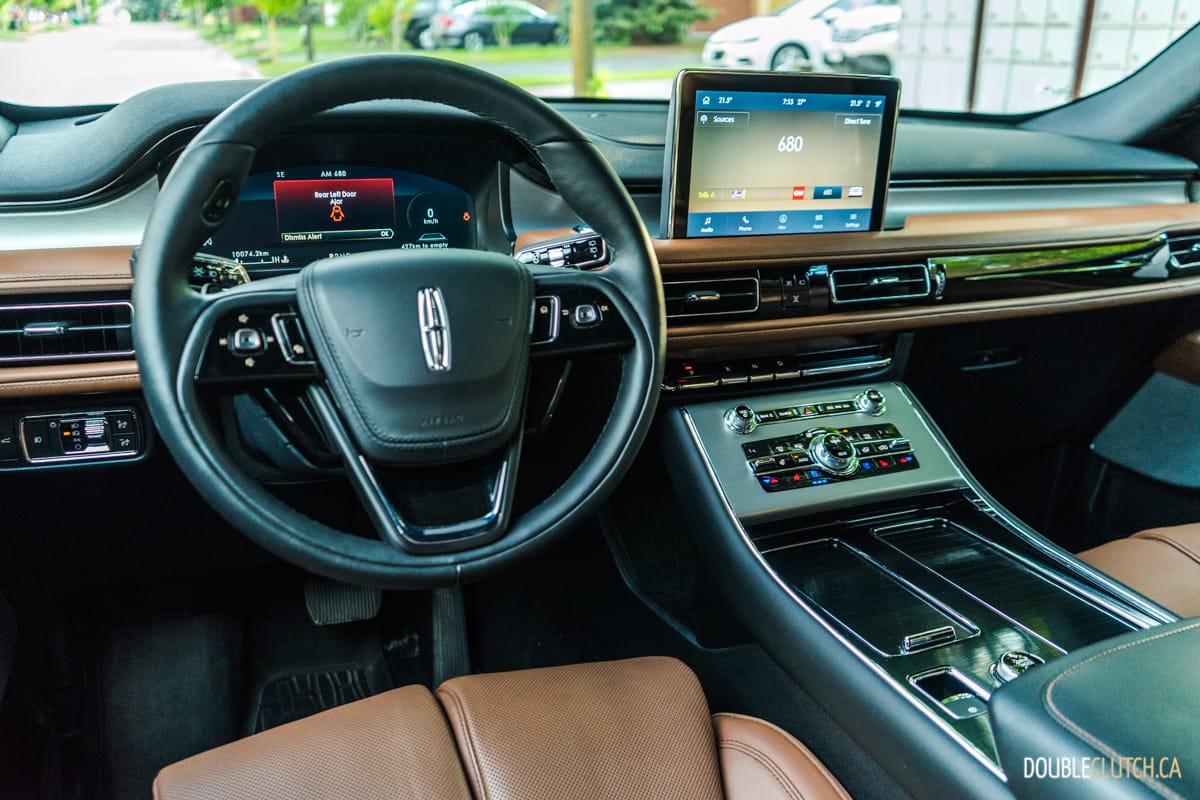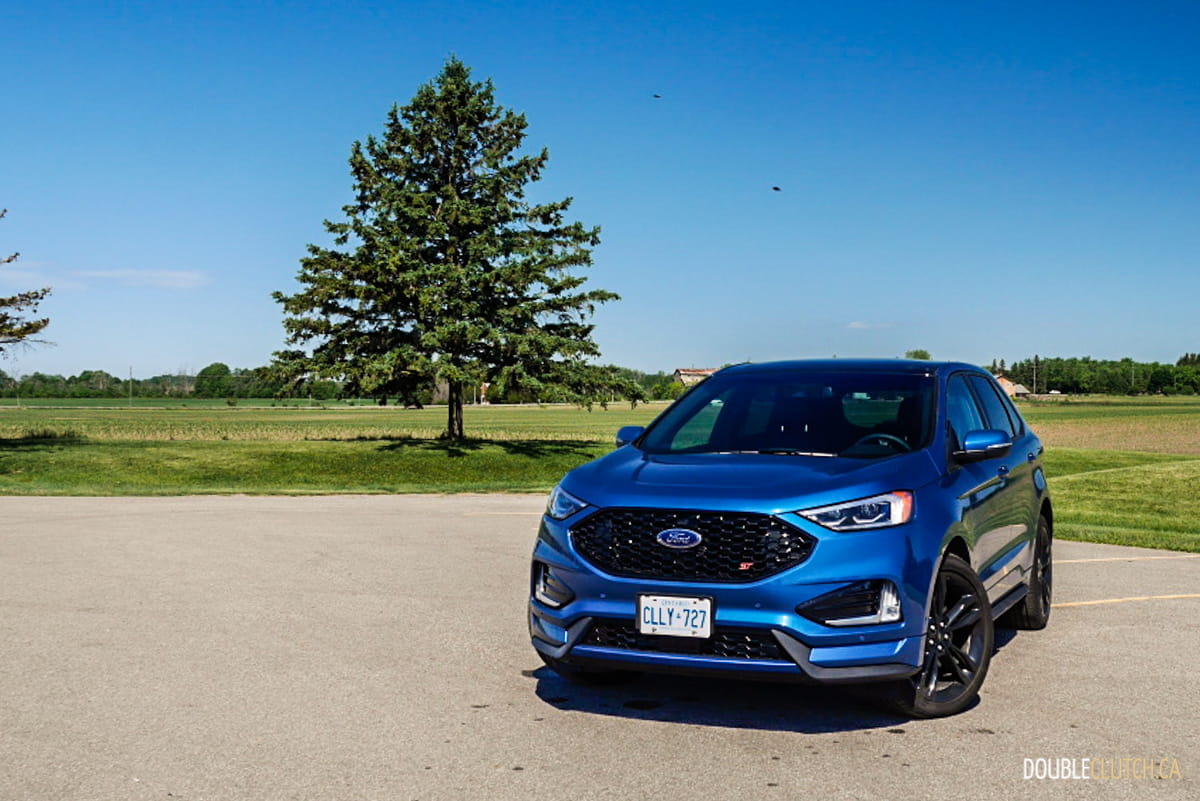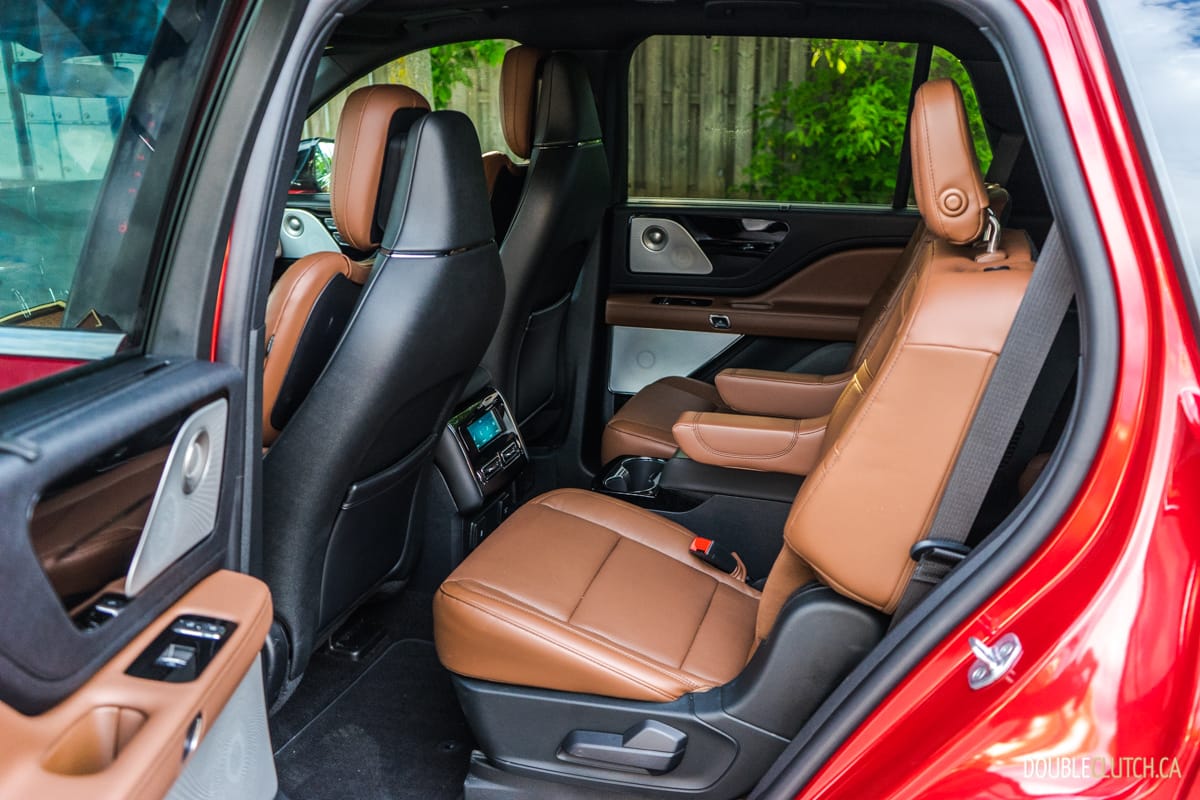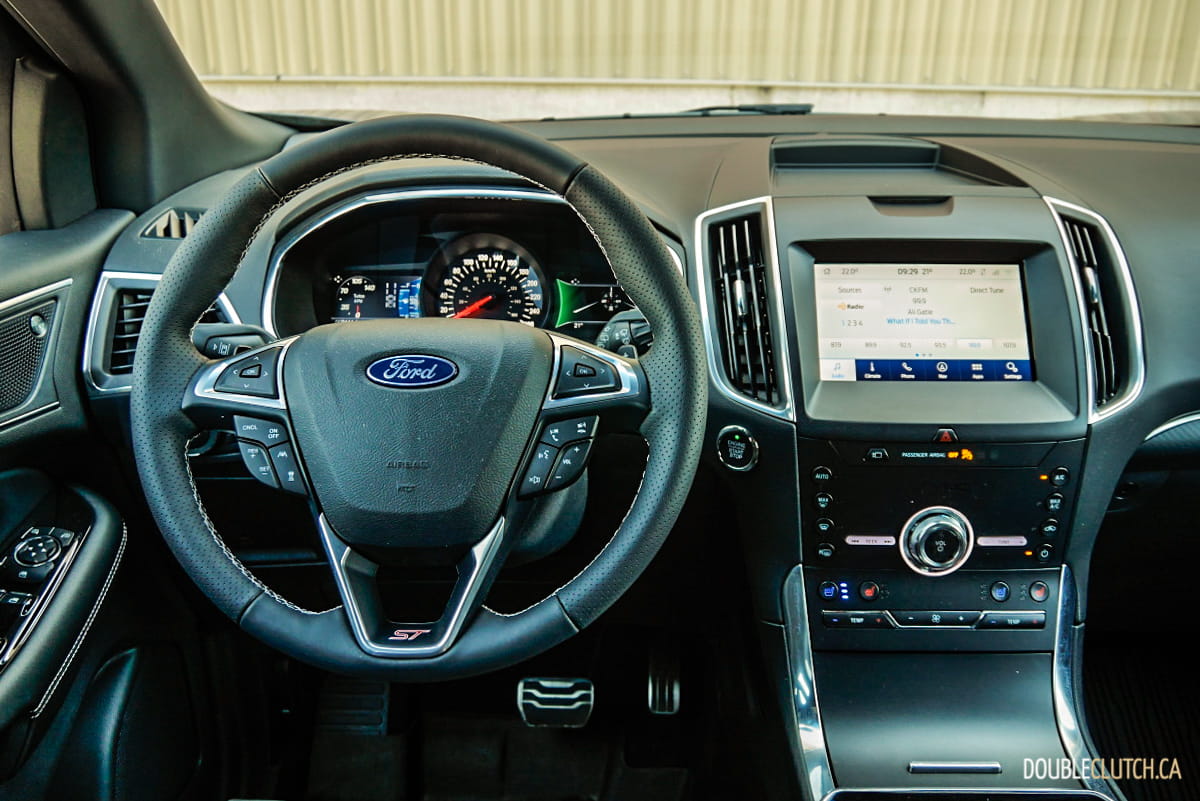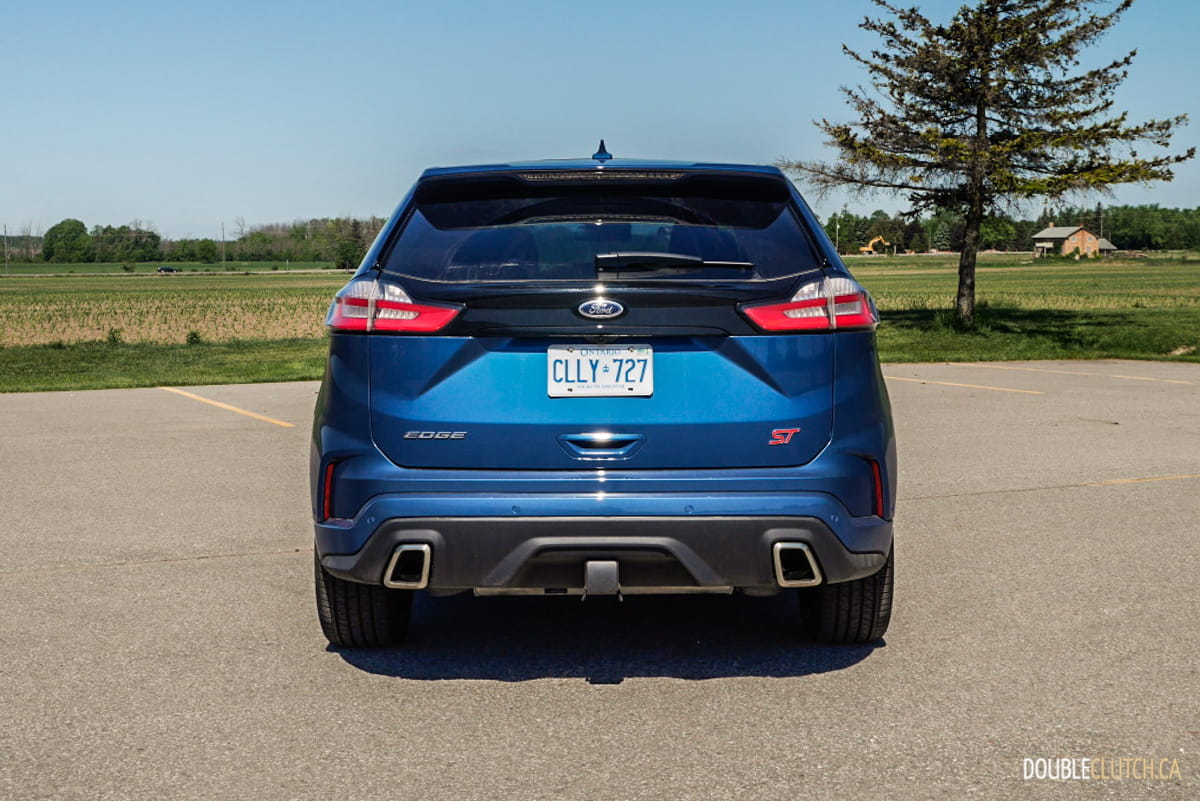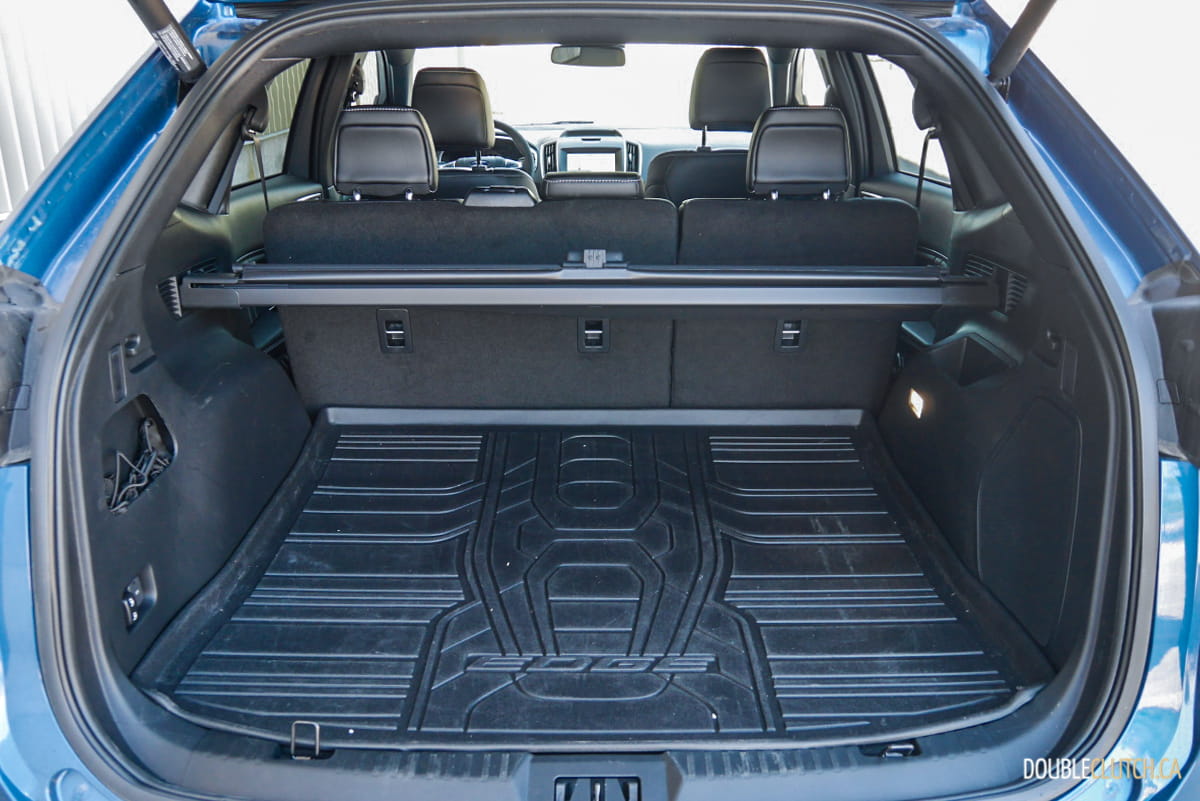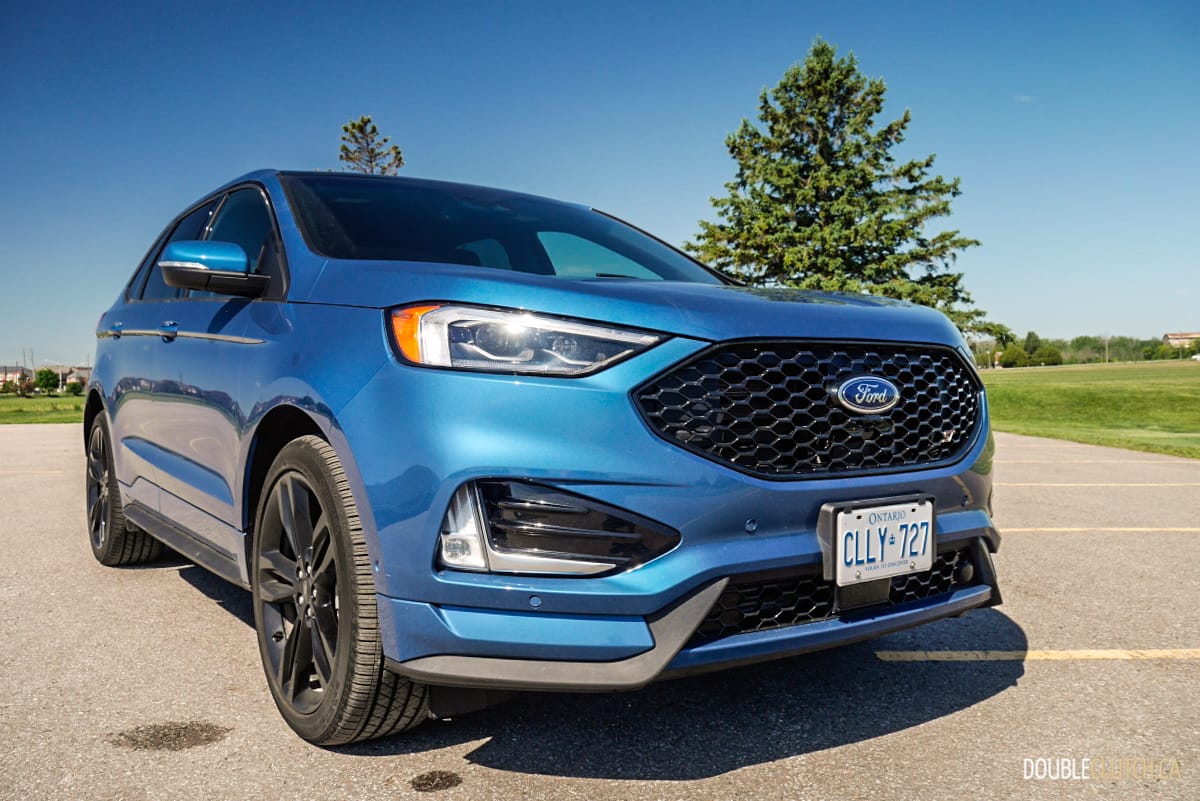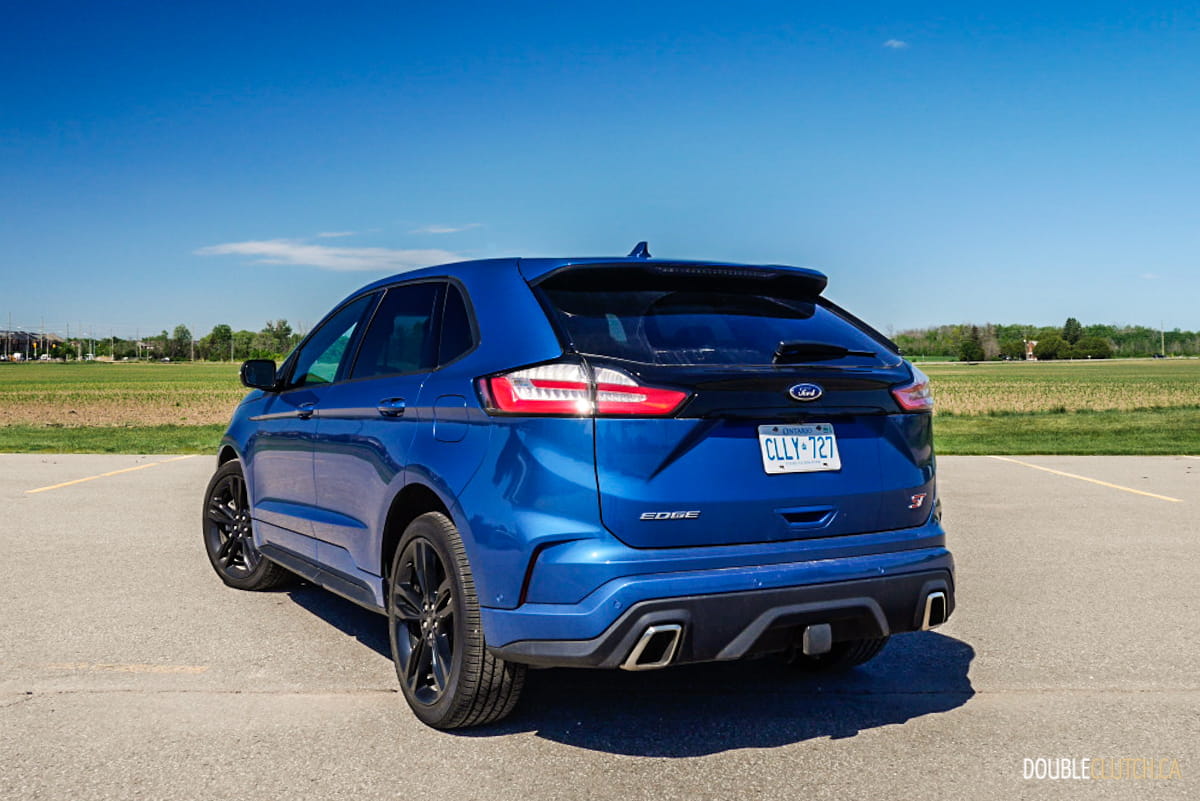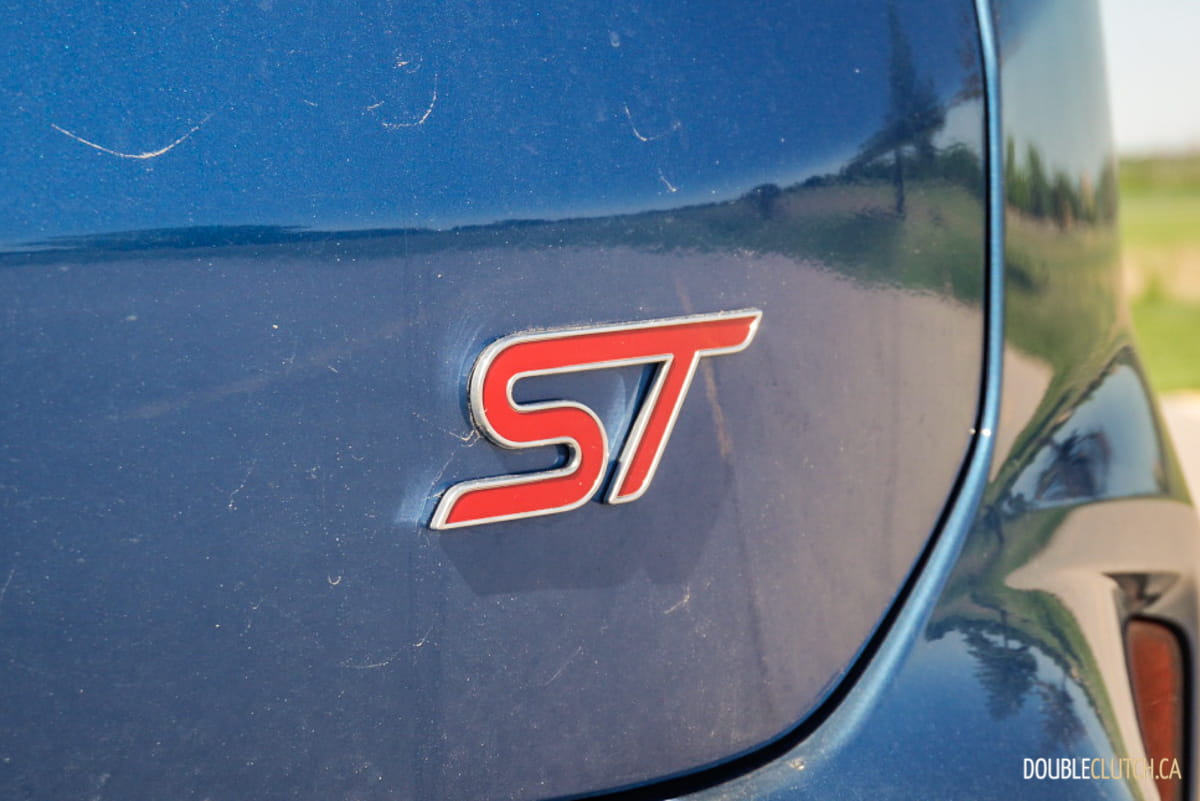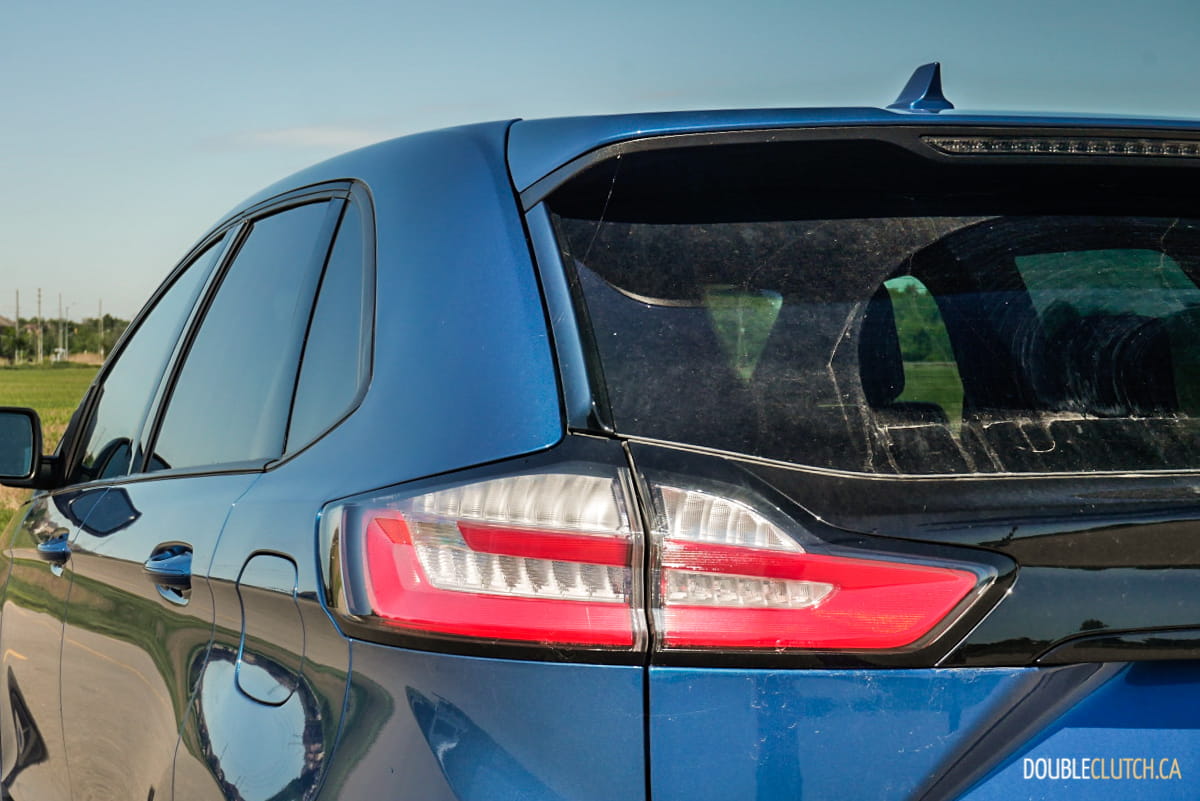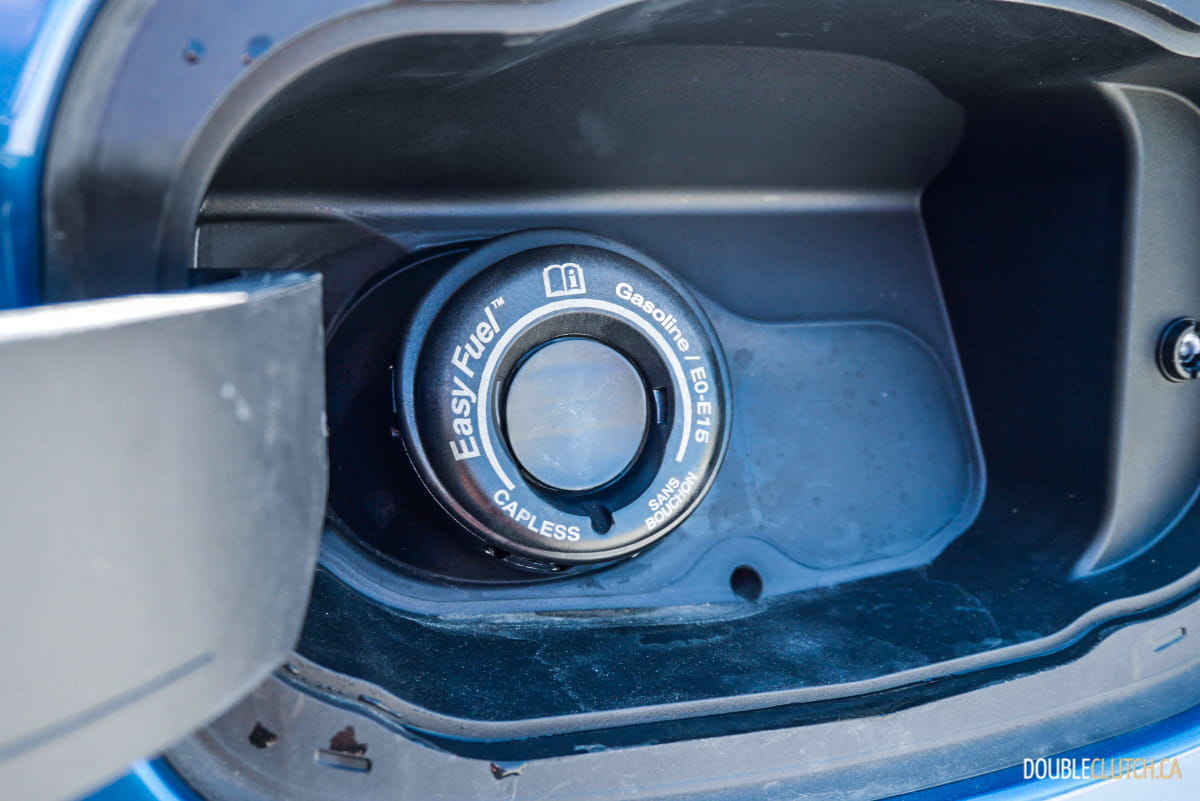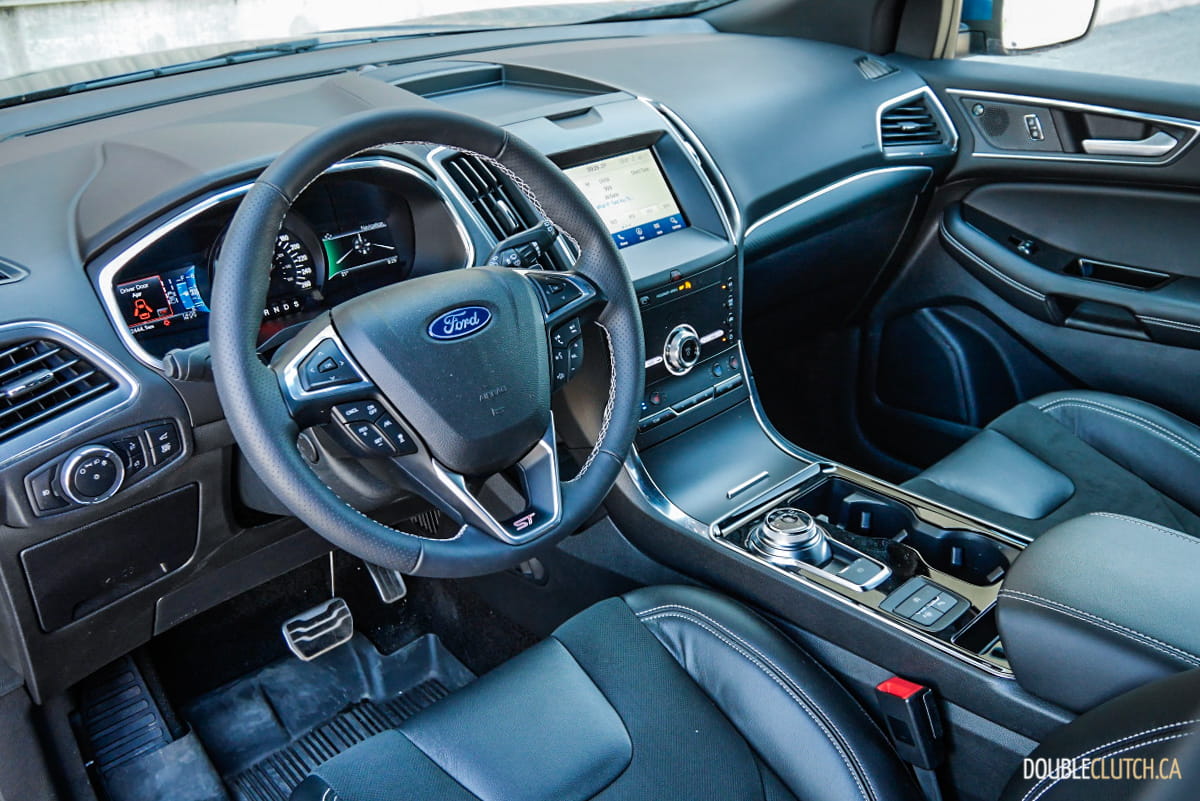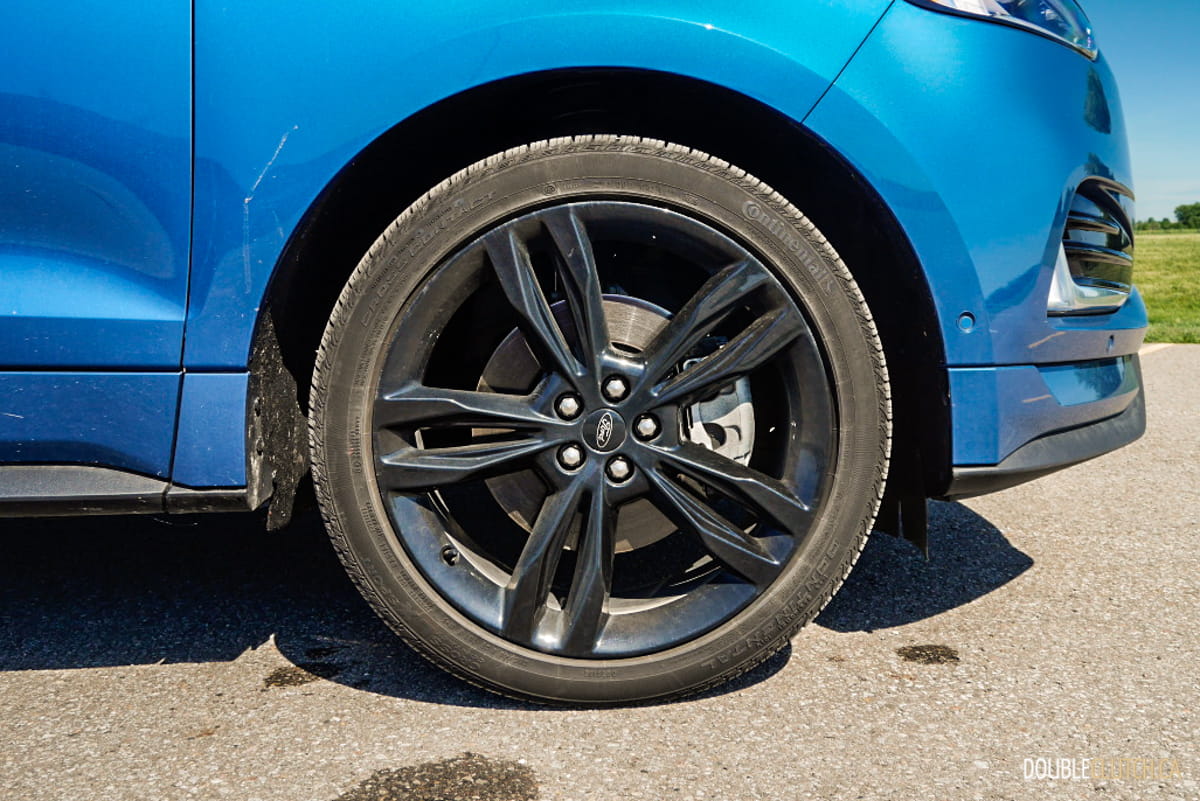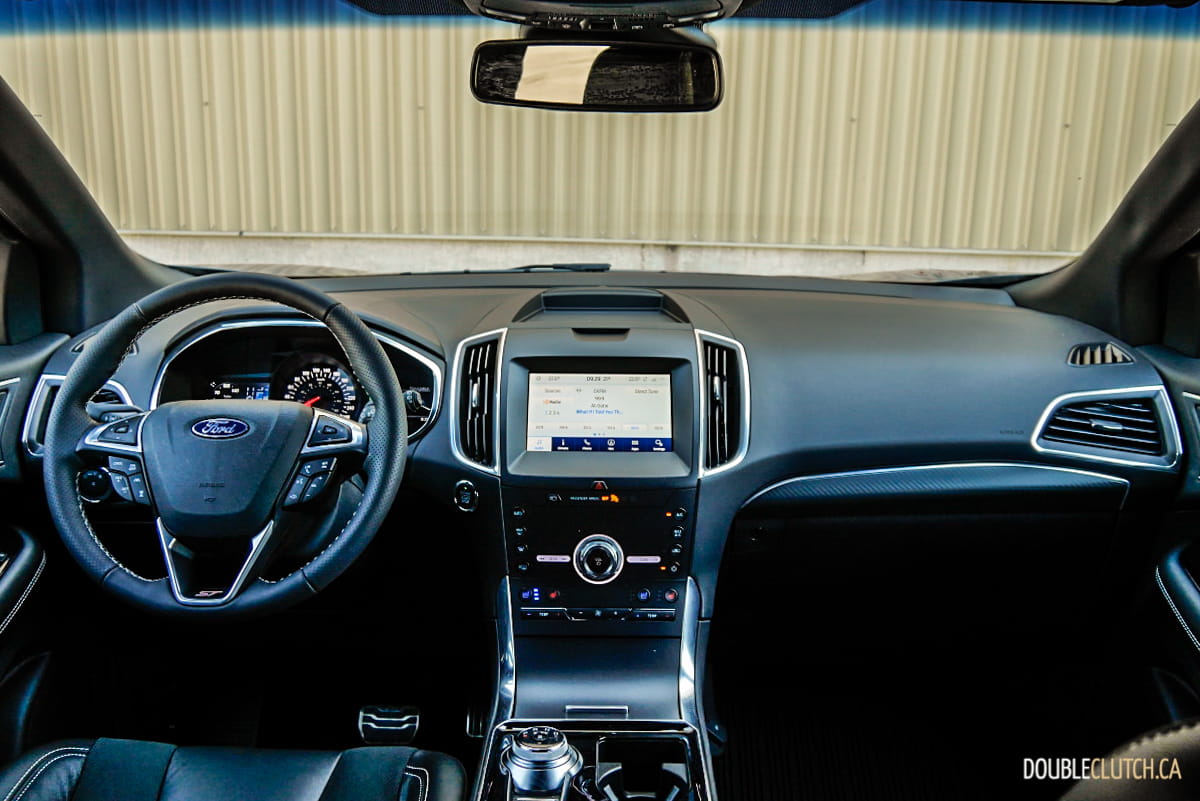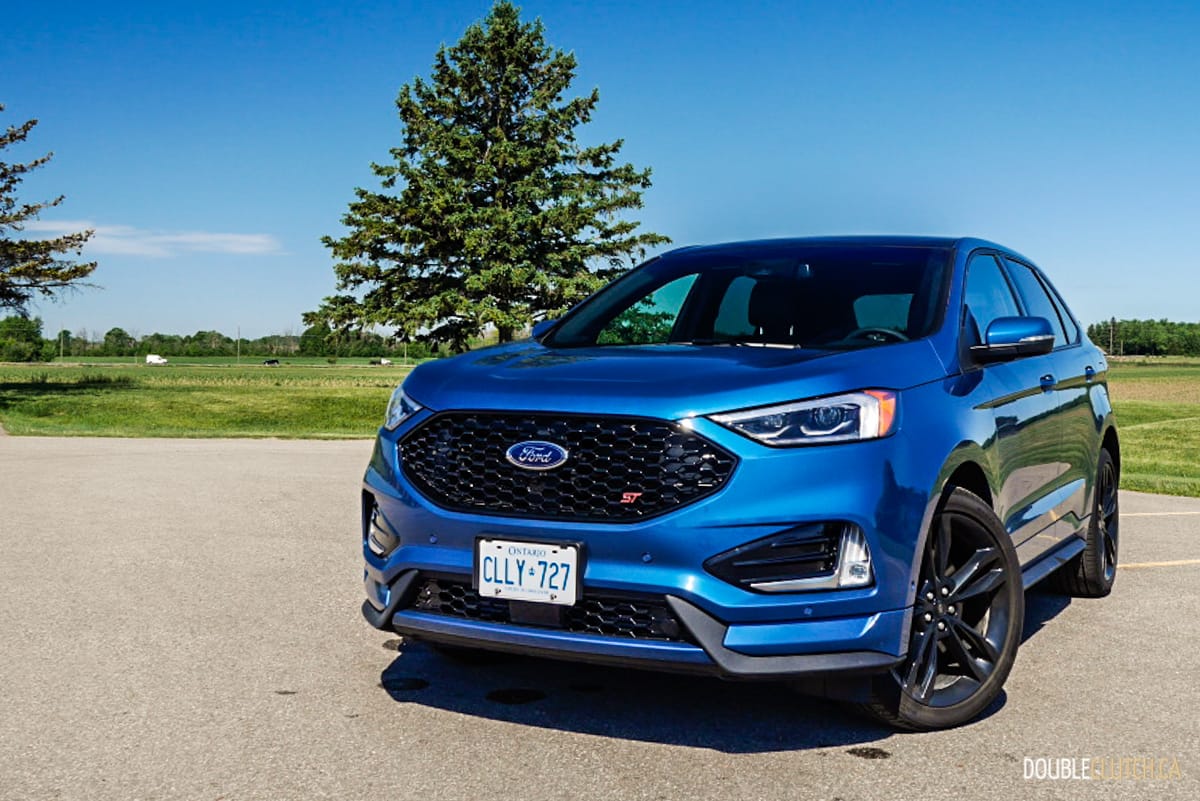Mid-size crossovers hold an important place in the market for people who need something larger than a compact crossover but don’t need a third row of seats. To fill this gap, Honda has revived an old and mostly forgotten name, Passport. This is that, the 2021 Honda Passport Touring.
It’s entirely forgivable if trying to conjure up an image of past Honda Passports draws a blank. The original wasn’t actually a car at all, but instead the US-market version of the Honda Super Cub, a small motorcycle that happens to be the best-selling motorized vehicle of all time with over 100 million produced. Then, Honda affixed the Passport name to a re-badged Isuzu Rodeo. This latter model was a mid-size SUV with a rugged appearance, which sets the template for the reborn, all-Honda Passport.
To say that the Passport is smaller than the Pilot is only partially true. It’s only four inches shorter than the Pilot, rides on an identical wheelbase and is just as wide, contributing to a feeling of driving big. Fortunately, this pays dividends in interior volume. It’s wide enough that Honda was able to place individual captain’s-chair armrests on both front seats to carve out space for a huge centre console with a tray up top large enough for even the biggest purses and camera bags.
The Passport’s width and length also pays dividends in cargo room, allowing for 2,854 litres with the second row folded and 1,430 litres with all seats up. Curiously, the lift-over height is quite high which makes loading and unloading heavier items a bit of a pain. Still, other wonderful solutions like dual cup holders in each rear door, a sliding and reclining rear seat and a surprisingly usable under-floor storage area in the cargo hold make the Passport arguably the most practical mid-size crossover on the market.
While Honda infotainment has made leaps and bounds since the Civic was introduced in 2015, it isn’t without its quirks. The only hard controls for the Passport’s infotainment are a volume knob and two capacitive-touch buttons for home and back, and haptic feedback can be spotty. As a result, trying to adjust anything while underway is a bit like trying to use an empty coffee cup to kill a wasp that’s just flown in through the sunroof whilst barrelling down the 401.
Another annoyance is that setting adjustments don’t automatically save when the back button is pressed which is just inexcusable since it goes against the way radios have been operated for decades. What Honda did succeed at is integrating the infotainment into the digital gauge cluster, which can display the current song being played through Apple CarPlay (or Android Auto).
As for sound, the DTS surround sound-capable premium audio system in our Touring-trim test vehicle is a bit of a mixed bag. While the adjustability of mid-range, subwoofer and the centre channel in addition to standard bass and treble is nice, the system is overall too bright for people who enjoy proper V-band or warm equalizer settings. Furthermore, the staging isn’t on-par with Toyota’s JBL systems and it lacks the punch of Volkswagen’s Fender systems.
Powering the 2020 Honda Passport is Honda’s familiar 3.5-litre J35 quad-cam V6 with i-VTEC. It makes 280 horsepower and 262 lb-ft. of torque with fairly peaky power delivery. In a landscape filled with downsized turbocharged four-cylinder engines, this V6 is a smooth contralto that sings through to a nice redline of 6,800RPM. Because it can shut down half the cylinders when cruising, it’s not just an enjoyable engine but an efficient one too. We averaged 10.6L/100km in mixed driving over our week of testing, beating the government’s combined rating of 11.3L/100km.
We’ve never really been fans of Honda’s nine-speed automatic transmission and it still struggles a bit in the Passport. Downshifts from a cruise can sometimes take ages to arrive and when they do arrive, they do so with all the subtlety of a Hellfire missile arriving through your letterbox. It’s also extremely reluctant to downshift on grades, leading to lugging the engine in drive.
Also tainting the otherwise quite good driving experience is the brake pedal, it’s quite mushy and ineffective throughout an unusually large amount of travel. While the added dust of a more aggressive brake pad compound may be annoying to some consumers, we wager it would be a worthwhile revision for increased stopping power and confidence.
Thankfully, other driving dynamics make up for the slightly wonky gearbox and uninspiring brakes, starting with the steering. The steering wheel itself has a lovely thin rim that’s much nicer to hold than the overly-thick steering wheel rims so commonplace on cars today. The steering weight is also good, with natural build-up as steering loads increase and a smooth, fluid feel. Feedback from the front tires is also above average for the midsize crossover segment, with changes in road camber and tire loads being easy to discern.
Then there’s Honda’s i-VTM4 all-wheel-drive system which has a torque-vectoring rear differential that can overdrive the outside wheel under hard cornering, resulting in great grip levels and superb confidence in putting power down out of corners. Honda’s always prided itself in creating vehicles with a bit of fun to them and that’s still the case with the Passport. What’s more, this bit of fun doesn’t come at the expense of any comfort. The Passport’s ride quality is extremely smooth, reducing pockmarked roads to hushed murmurs under the wheels.
Advanced driver assists are always popular in family vehicles, so Honda have equipped every Passport with their Honda Sensing assist suite. Even though it’s one of the older advanced driver assist suites on the market and thus lacks some of the capabilities of competitors, it’s still one of the better ones out there. For instance, the lack of lane-centering assist keeps the driver engaged, an important thing for manufacturers to focus on as it’s been proven that humans are quite bad at monitoring semi-autonomous systems.
Another plus is that Honda Sensing is generally one of the least annoying systems on the market, with later thresholds than many systems on the market that prevent drivers from suffering flashbacks of driving with their parents.
At the end of the day, the 2021 Honda Passport Touring is a very competitive mid-size two row crossover. While it lacks the panache of a Chevrolet Blazer and the tech of a Volkswagen Atlas Cross Sport, it’s extremely practical and surprisingly efficient. Pricing starts at $42,705 and goes to $49,705 for our loaded Touring, which makes it quite good value too. If a CR-V is too small and third-row seating isn’t necessary, the Passport is absolutely a mid-sized crossover to shortlist.

